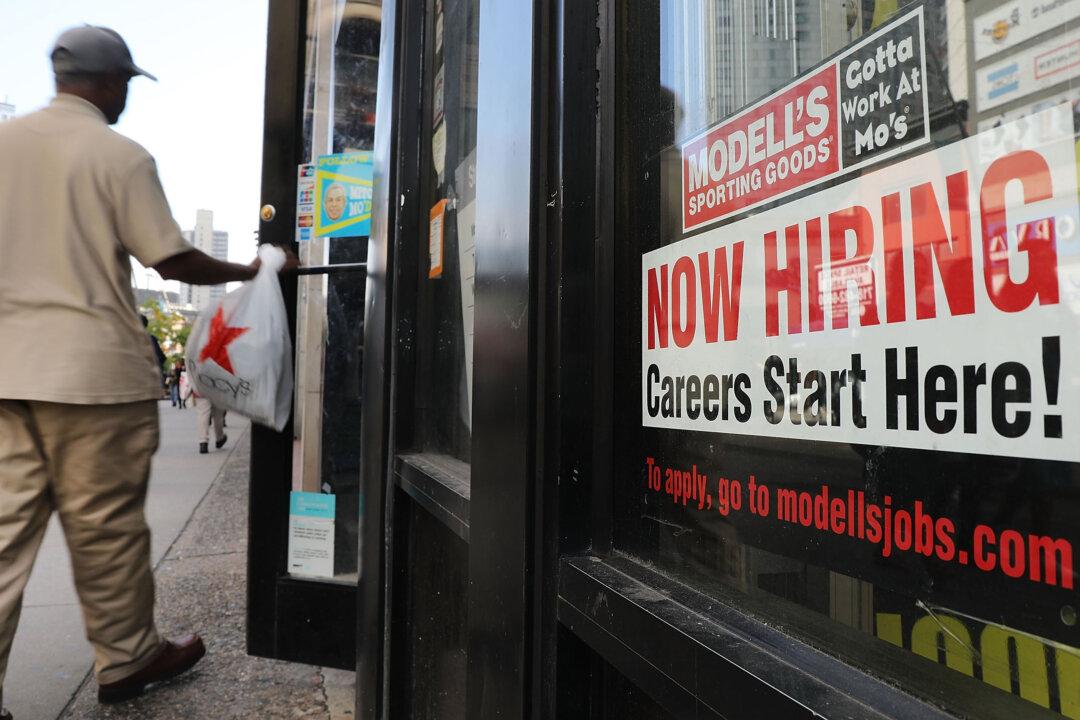The year of 2018 closed on a positive note, capping off a stunning month of job growth in December. Meanwhile, more Americans decided to look for work and also decided to quit their jobs at the year’s end.
The economy added 312,000 jobs, the most since February, making it the best December for job growth since 1999, according to seasonally adjusted data by the Bureau of Labor Statistics (BLS).





